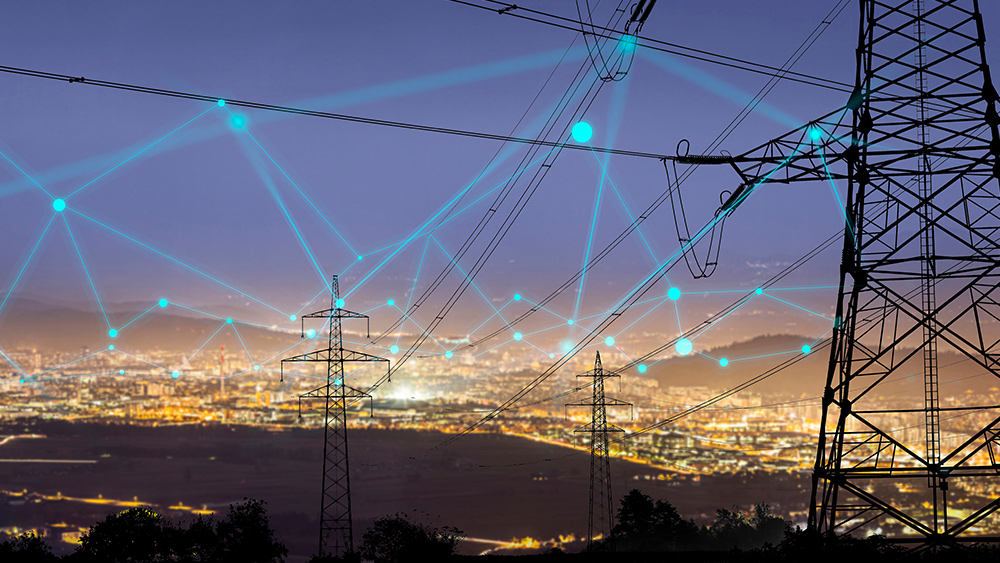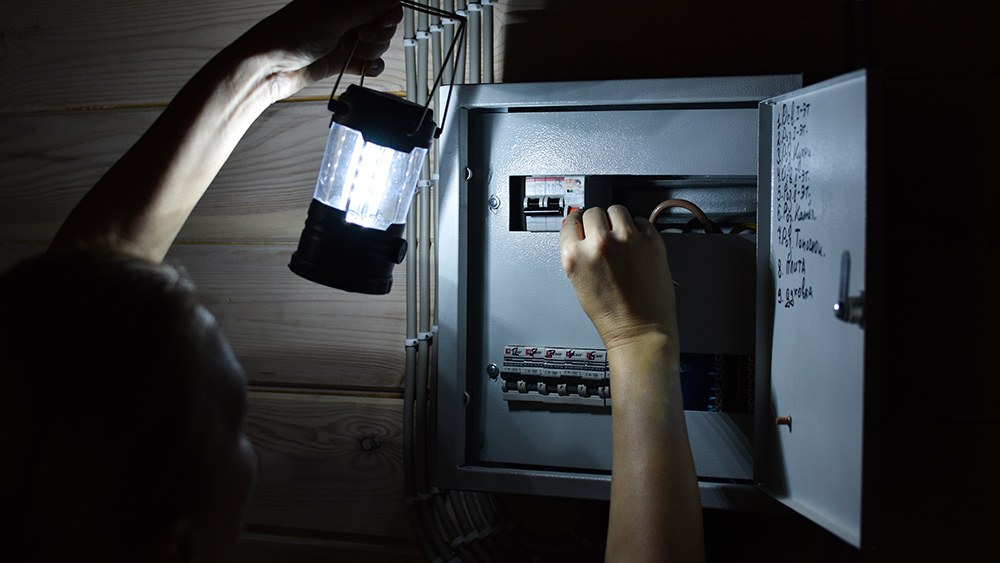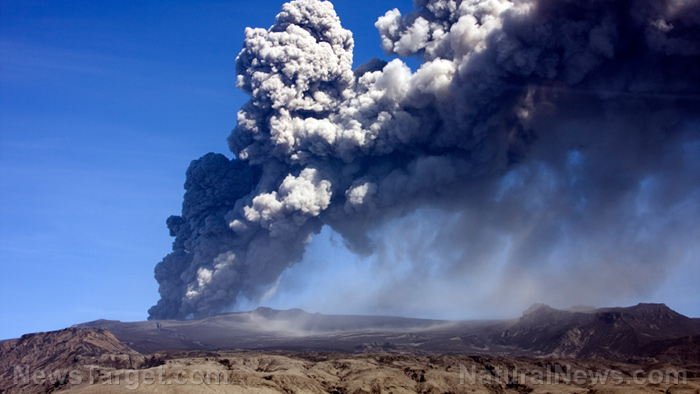Net zero madness leaves Spain in the dark as green energy push triggers Iberian Peninsula blackout
04/29/2025 / By Cassie B.

- Spain’s massive blackout exposed the dangers of relying too heavily on unstable renewable energy, causing nationwide chaos with failed power grids and emergency systems.
- The collapse occurred when Spain’s energy generation plummeted by over 50% in seconds, leaving major cities like Madrid and Barcelona powerless and revealing the grid’s fragility.
- Political negligence fueled the crisis, as officials celebrated renewable energy records days before the blackout while ignoring warnings about grid instability from retiring traditional power sources.
- Transport, hospitals, and commerce collapsed—trains stalled, airports grounded flights, digital payments failed, and emergency crews rescued thousands while economic losses hit $2.5–5 billion.
- Experts blame green energy policies for the disaster, warning that prioritizing renewables over reliable infrastructure makes such catastrophic failures inevitable in the future.
Spain’s green energy experiment collapsed in spectacular fashion yesterday as a nationwide blackout left millions without power, exposing the fatal flaws in Europe’s reckless push for renewables. The Iberian Peninsula descended into chaos as hospitals, transportation networks, and digital payment systems failed, providing compelling proof that heavily subsidized wind and solar cannot replace the stability of traditional power grids.
At 12:35 p.m. local time, Spain’s grid operator, Red Eléctrica, recorded a catastrophic drop in generation—from 26 gigawatts to 12 gigawatts in seconds—leaving Madrid, Barcelona, and Lisbon in the dark. The outage revealed the deadly consequences of Europe’s obsession with net-zero policies. As Spain retired coal plants and nuclear units in favor of unreliable solar and wind, its grid became a house of cards, collapsing at the first sign of strain.
The great green energy failure
The blackout wasn’t an accident; it was the inevitable result of political negligence. Just six days before the disaster, Spanish officials celebrated running the grid entirely on renewables for the first time. But their triumph was short-lived. “Spain’s blackout wasn’t just a technical failure. It was a political and strategic failure,” wrote energy analyst Michael Shellenberger. As solar and wind surged, Spain discarded “the heavy, spinning plants” that maintained grid stability, leaving the system vulnerable to even minor disruptions.
Portuguese grid operator REN blamed a “rare atmospheric phenomenon” causing “anomalous oscillations” in power lines, but analysts dismiss this as spin. The real culprit? A system stripped of reliability by green zealotry. According to an anonymous power expert cited by Mark Nelson, Spain’s grid collapsed after a “shake”—an electrical disturbance—in the critical Aragón-Catalonia corridor. With three of five emergency hydropower units offline for maintenance, recovery was agonizingly slow.
Transportation paralysis and economic ruin
The blackout’s fallout was immediate and severe. Madrid’s metro trapped passengers underground until emergency crews forced open stalled trains. Barcelona’s airport grounded flights, while Lisbon turned to backup generators, barely keeping terminals operational. Hospitals scrambled to safeguard patients as vital equipment flickered off, and digital transactions failed nationwide, forcing panicked crowds to empty ATMs for cash.
Emergency workers in Spain said they had rescued some 35,000 passengers stranded along railways and in underground tunnels. Dramatic videos showed traffic chaos as traffic lights switched off across major cities. Hundreds of passengers were forced to camp out in train stations overnight, with pictures showing exhausted travelers sprawled on floors in Cordoba and Atocha stations.
The commerce sector was hit particularly hard as digital payment systems failed completely. One witness described seeing “people fighting over taxis” as mobile networks collapsed and internet access went down. Supermarkets faced panic-buying as shoppers emptied shelves, with many stores resorting to flashlights and head torches to continue operations. Restaurants and bars served customers by candlelight, while some businesses had to close entirely.
Spanish Prime Minister Pedro Sánchez called on citizens to avoid travel and use mobile phones sparingly, describing telecommunications as being at a “critical moment.” The government declared a state of emergency and deployed 30,000 police officers as part of security measures to deal with the unfolding crisis.
Economic losses are estimated between $2.5 billion and $5 billion—a hefty price tag for blind climate dogma. Spain imported power from France and Morocco to relight cities, but Portugal, lacking backup interconnections, may take a week to recover fully.
The inconvenient truth about renewables
This disaster wasn’t unforeseeable. Engineers have warned for years that wind and solar—dependent on weather and devoid of inertia—increase instability. “The more you have wind and solar on the grid, the less stable the grid becomes,” said energy consultant Kathryn Porter. Yet instead of reinforcing infrastructure, Spain accelerated its green transition, shuttering reliable plants while celebrating dubious milestones.
Spain’s blackout should serve as a chilling lesson: Sacrificing grid resilience for climate symbolism invites disaster. The same naive policies now crippling the Iberian Peninsula are being exported globally by the same elites who won’t suffer their consequences. If governments refuse to acknowledge that reliability matters more than renewables, last night’s chaos will become the new normal.
Sources for this article include:
Submit a correction >>
Tagged Under:
blackout, climate, Collapse, electricity, green tyranny, grid collapse, power grid, renewable energy, truth
This article may contain statements that reflect the opinion of the author
RECENT NEWS & ARTICLES
COPYRIGHT © 2018 PANIC.NEWS
All content posted on this site is protected under Free Speech. Panic.news is not responsible for content written by contributing authors. The information on this site is provided for educational and entertainment purposes only. It is not intended as a substitute for professional advice of any kind. Panic.news assumes no responsibility for the use or misuse of this material. All trademarks, registered trademarks and service marks mentioned on this site are the property of their respective owners.




















